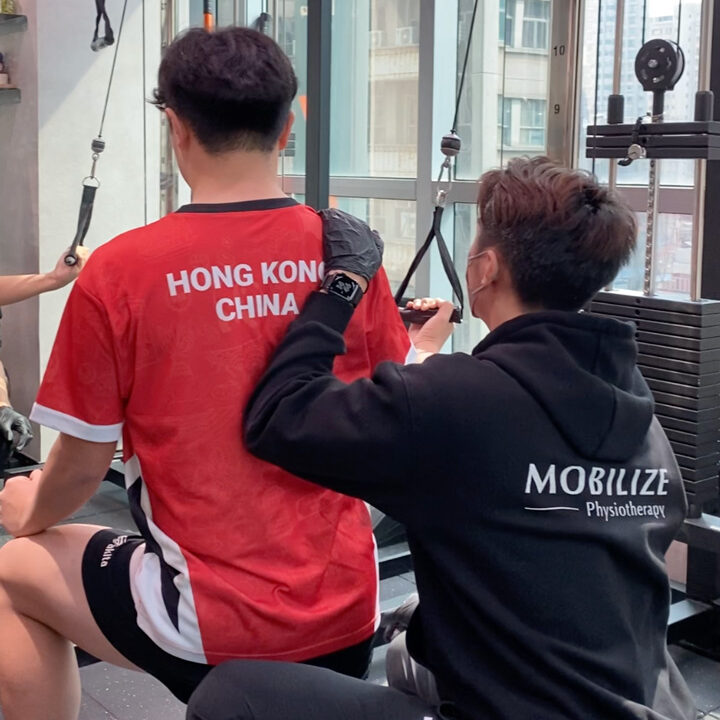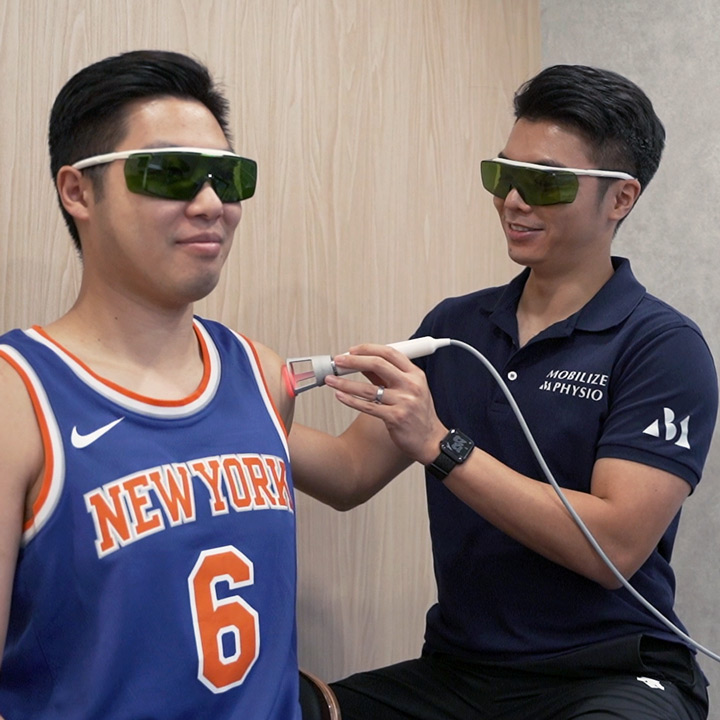Common Conditions
Shoulder Pain
Symptoms, Common Causes and Treatments
Understanding Shouder Pain (Subacromial impingement syndrome)
Shoulder is a ball and socket joint which is made up of the arm bone (humerus) and a socket from the shoulder blade (scapula). There is a bony landmark called acromion over the scapula. The space between acromion and the shoulder joint is called subacromial space.
Subacromial impingement syndrome is a generic term describing pain localized around subacromial space due to soft tissue lesion during lifting the arm. The underlying structures involved may include rotator cuff tendons, bursa, ligaments or joint capsule.
It is one of the most common shoulder pain which affects people between the ages of 35 and 75, especially in over-head sports athletic and labouring populations.
Symptoms and Management
There are various symptoms for subacromial pain:
- Weakness when lifting shoulder
- Sharp/ catching pain over anterolateral shoulder when the arm is lifted up especially 90-120 degree (painful arc)
- Dull ache or soreness over anterior and mid deltoid region which may radiating down to mid shaft of humerus or elbow
- More painful during the shoulder internal rotation e.g. pouring tea, wearing clothes or scratching catch


